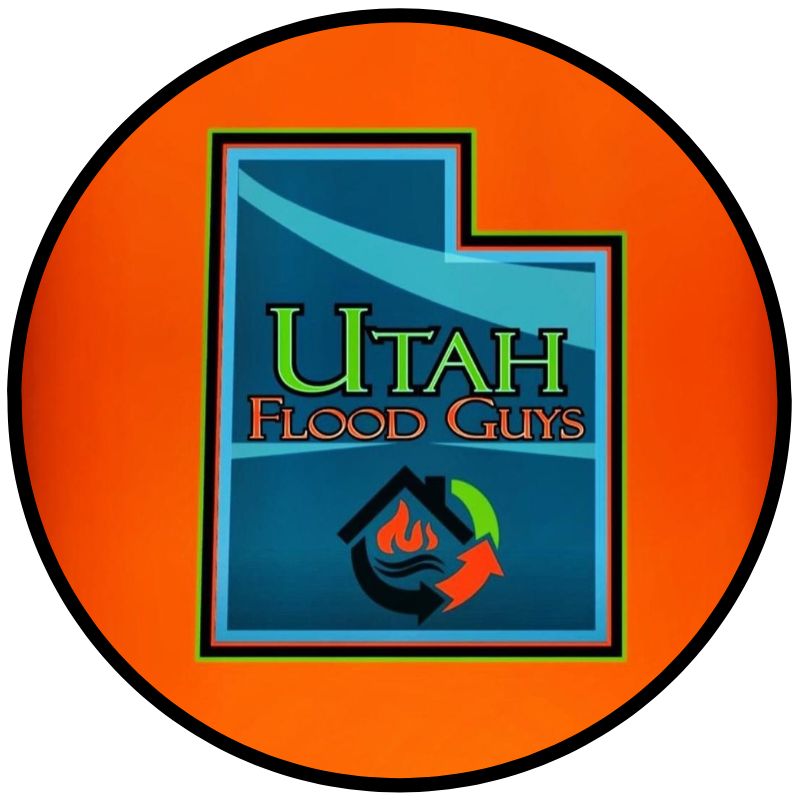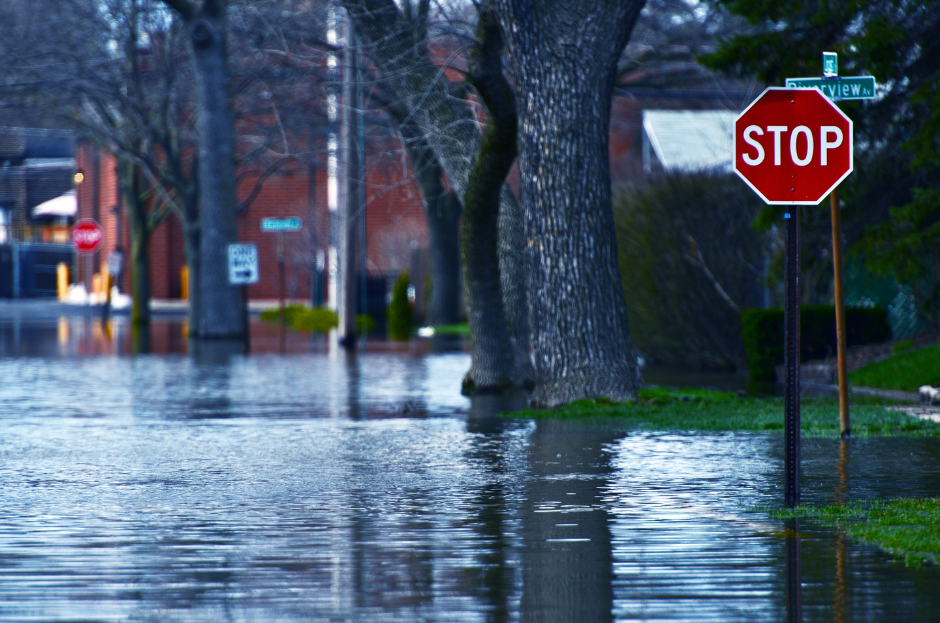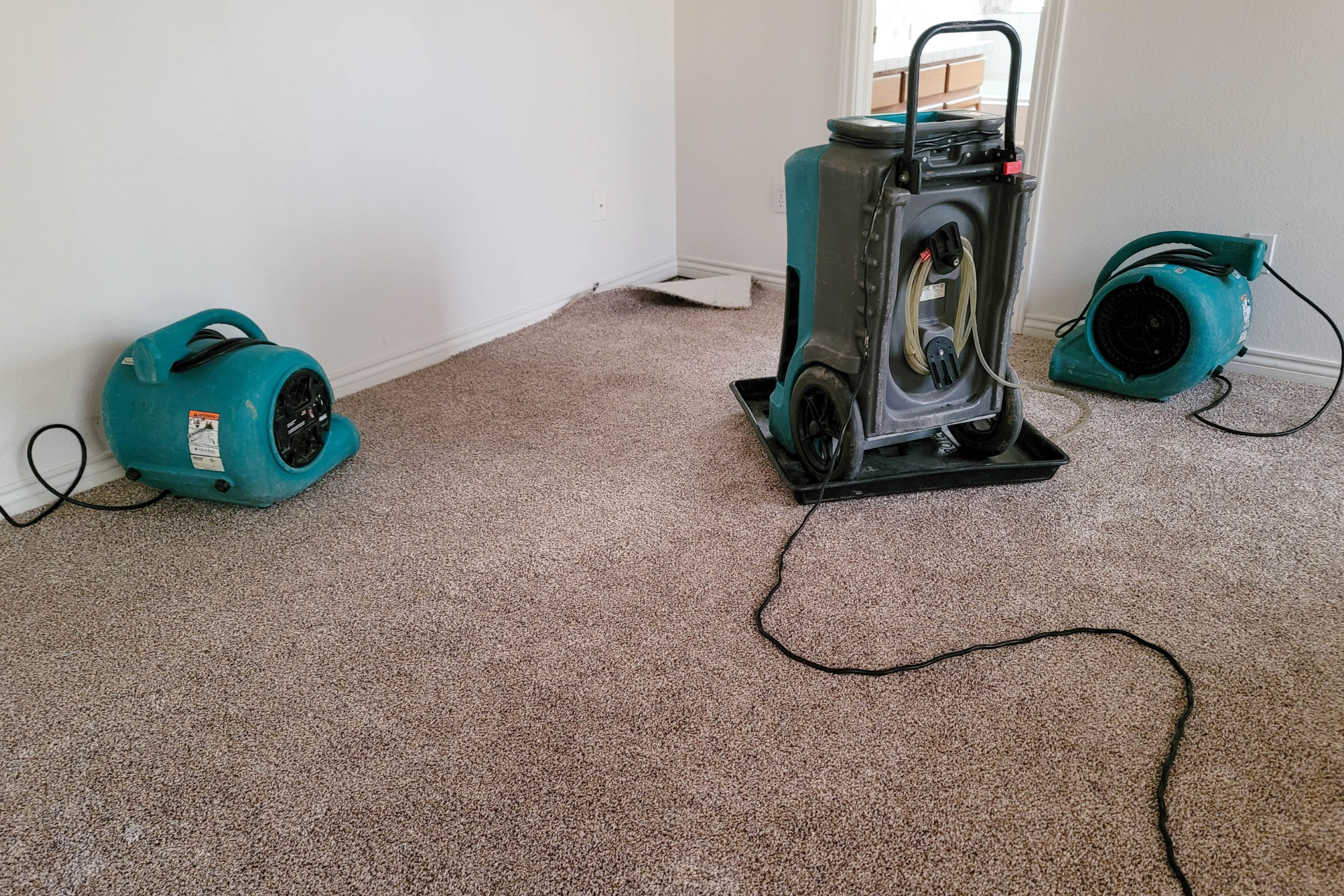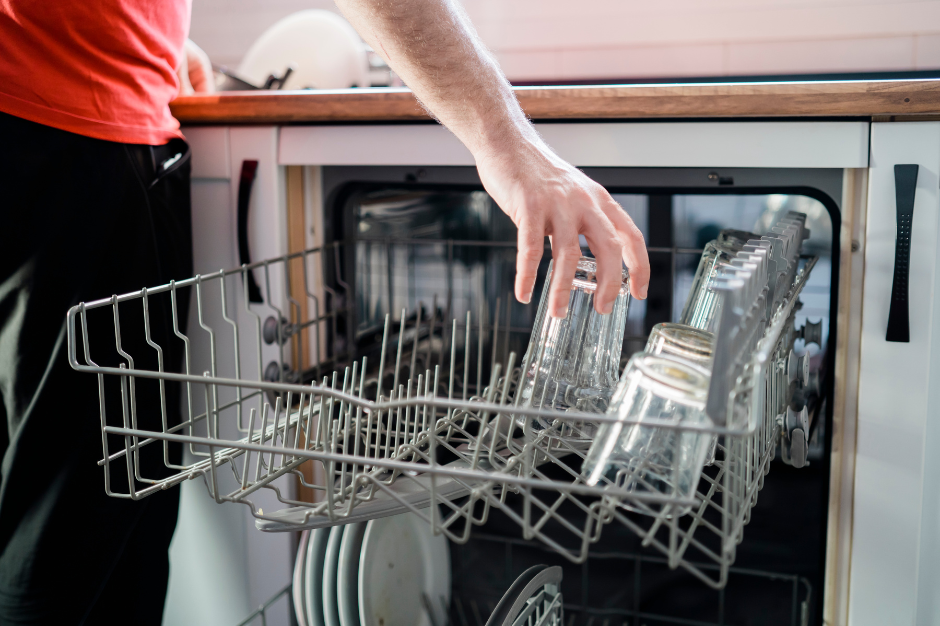The Impact of Water Damage on Different Flooring Types: Carpets, Hardwood, and Tile
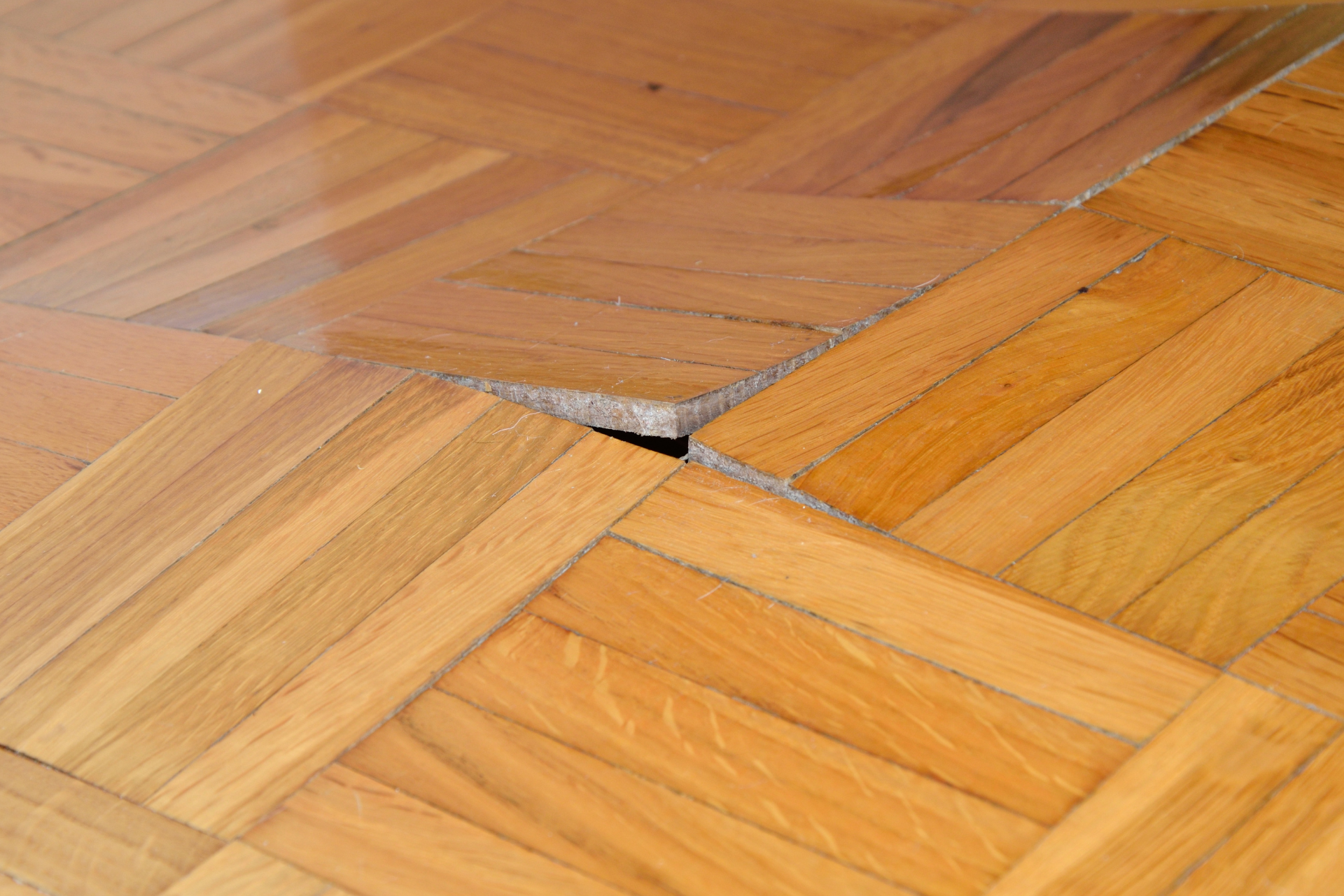
When disaster strikes and water seeps into your home, the impact on your flooring can be serious and costly. At Utah Flood Guys, we know how devastating flooding can be, especially when it comes to protecting your investment in your home’s flooring. Understanding how different types of flooring respond to water damage can help you take proactive steps to minimize destruction and know when to call in the professionals.
Carpets: A Haven for Mold and Mildew
Carpets are cozy and inviting, but they can also be a nightmare when exposed to water. Depending on the extent of the water damage, you may face a tough decision: clean and dry or replace. Natural fibers absorb water and can quickly become breeding grounds for mold and mildew. If carpets aren’t dried within 48 hours, the damage could be irreversible.
Professional cleaning might be an option, especially if the water is clean. But if it’s from a flood, or if you've dealt with sewage backup, replacing the carpet altogether is often the safest choice. At Utah Flood Guys, our team assesses your carpets and offers detailed recommendations on whether to save or replace them, ensuring your home is safe and comfortable once again.
Hardwood: Beautiful but Vulnerable
Hardwood flooring brings warmth and elegance to your home, but it’s not immune to water damage. When hardwood absorbs moisture, it can warp and buckle, leading to serious structural issues. Even a small spill can cause significant damage if left unattended. The good news? If caught early, you can often save hardwood floors with the right techniques.
The key is to act fast. You’ll need to remove any standing water and start the drying process immediately. Our experts at Utah Flood Guys use specialized equipment to extract moisture and can advise you on restorative techniques that may help preserve your precious planks. In some cases, sanding and refinishing can be done as long as the damage isn't too extensive.
Tile: The Resilient Option
If you’re looking for a flooring type that can withstand water damage better than most, tile is your best bet. It’s non-porous and generally resistant to water, which makes it suitable for areas prone to spills and humidity. However, even tile isn't completely immune. Water can seep under tiles through cracks or grout lines, leading to mold growth beneath the surface.
For tile flooring, it's crucial to address any water issues quickly and check for underlying problems like damaged grout or loose tiles. If mold is detected, it may require lifting tiles and addressing the moisture source. Our team at Utah Flood Guys is equipped to handle these kinds of challenges, ensuring both your tiles and your living environment stay healthy.
Final Thoughts
While each flooring type has its vulnerabilities, prompt action can mitigate water damage and preserve your investment. Remember, whether it's carpets, hardwood, or tile, Utah Flood Guys are here to assist you, offering expert advice and restoration services tailored to your needs. Don’t let water damage overwhelm you – we’re just a call away!
